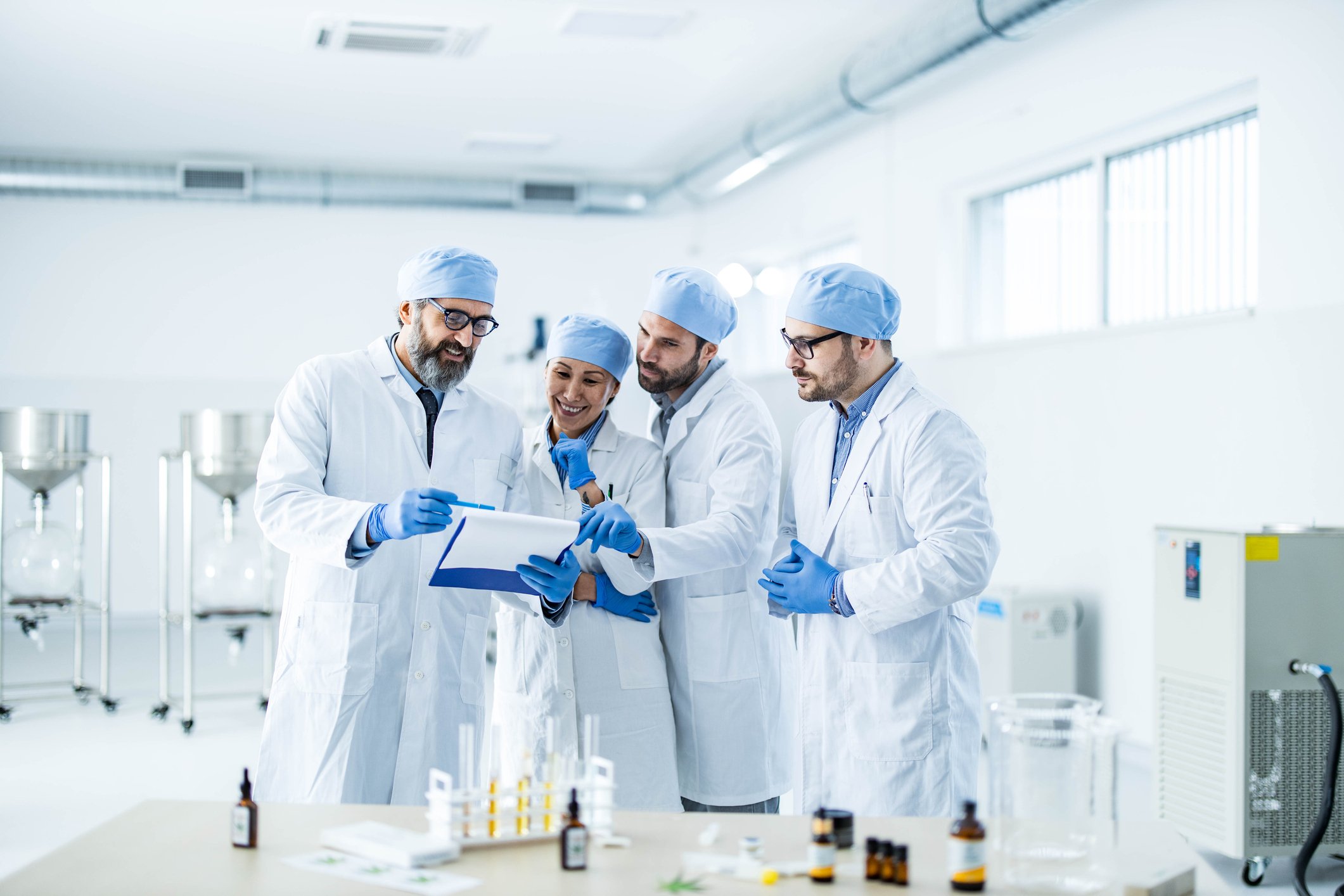Organovo (ONVO +0.00%) has made headlines this year for its revolutionary tissue engineering platform, more commonly referred to as 3-D bioprinting. The company can add a tremendous amount of value to the pharmaceutical industry in the drug discovery process in the next several years and is targeting longer-term revenue streams with its ability to grow cancer tissues and human organs for transplantation. However, focusing solely on these great advances sells short the broader impacts that industrial tissue engineering and 3-D bioprinting platforms can have on society. What are some less-publicized applications within reach of the disruptive technologies?
1. Pharmaceuticals, vaccines, and anti-toxins
While Organovo aims to reduce the number of unforeseen toxicity issues with drugs in phase 3 development -- and even those already on the market -- Johnson & Johnson (JNJ +2.23%) and Parabon Nanolabs are developing a platform for printing pharmaceutical compounds. The Essemblix Platform will strap active pharmaceutical payloads to specially designed DNA scaffolds, which then self-assemble into larger macromolecules. The technology can be tailored to accommodate multiple types of pharmaceuticals in one multifunctional macromolecule and allows precise control over each subcomponent.
The active pharmaceutical ingredients involved will still need to be created with traditional manufacturing, but precisely "printing" nano-pharmaceuticals represents a major step forward for medicine. It will also pave the way for more flexible bioprinting technologies. In the future, 3-D printers will download vaccines and medications from the Internet and then use standard chemical building blocks to print doses in your own home. There are quite a few quality control issues to work through, but J. Craig Venter, the private hand behind the Human Genome Project, is already dreaming up prototype technology.
2. Hair growth
Pfizer (PFE +1.73%) had an instant blockbuster on its hands when it launched Viagra in 1998. It brought in more than $2 billion at its peak and enjoyed a wildly successful life by tackling one of the biggest problems associated with aging. While the patents for the drug expired in Europe several months ago, they remain intact in the United States through 2020 -- although half of its sales occur internationally.
There are plenty of differences, but imagine the market opportunity that exists for a successful therapy that could regrow hair. It might sound like a promise from a late-night infomercial, but it, too, is a reality with 3-D bioprinting. Scientists at Columbia University have pioneered a technology that could one day delay or end baldness. It isn't yet ready for human testing, but the breakthrough was achieved by moving away from 2-D cell culture practices and into 3-D conditions. Sound familiar?
3. Bones
Tissue engineering doesn't have to be confined to soft tissues. A professor of pharmacy at the University of Nottingham in England named Kevin Shakeshaff is developing the technology to print replacement bones from living cells. That would represent a major step forward from the titanium 3-D-printed jawbone transplanted into an 83-year-old woman in the Netherlands last summer -- although that's impressive in itself.
Shakeshaff's printer first builds a scaffold with similar characteristics of bone that is coated with bone cells. The scaffold dissolves in about three months as new bone growth takes its place and function. The technology is still some years away from being clinically practical or acceptable, but we may very well see 3-D printed living bone transplants within our lifetime.
4. Animal products (food)
Using tissue engineering to create sustainable animal products such as meat may seem novel and futuristic, but Winston Churchill actually saw it coming. "Fifty years hence, we shall escape the absurdity of growing a whole chicken in order to eat the breast or wing, by growing these parts separately under a suitable medium," he wrote way back in 1931. His timing may have been off, but Modern Meadow is proving he was at least right in principle.
The company, founded by Andras Forgacs and his father Gabor Forgacs, who also co-founded Organovo, has developed the technology needed to grow meat without the need to slaughter animals. While the global meat industry represents an enormous multibillion-dollar market opportunity, the crazy thing is that similar technology could produce every animal product consumed by humans today. That includes gelatin and isinglass for food consistency, fats for food additives, honey, honeydew, and more.
5. Animal products (non-foodstuff)
Why stop at the animal products that can be shoved into our mouths? Leather, scales, animal fats, hairs, and more are also capable of being sustainably produced with tissue engineering technologies. In fact, leather is the first commercial target of Modern Meadow and Andras Forgacs, who gave an amazing TED talk explaining the needs and benefits of sustainable leather. If you doubt the feasibility of the technology consider watching the video below in which Forgacs displays actual leather products created with his platform.
Modern Meadow will one day master the commercial production of ultra-sustainable meat, but given our connection with food it will be a much more difficult product to replace with science -- no matter how beneficial. Therefore, it makes good business sense to focus on non-consumable animal products such as leather in the near term.
Foolish bottom line
Remember, these five technologies are still years away from making a major impact. Organovo is highly focused on pharmaceutical applications for the immediate and medium term, which represent an enormous opportunity of their own, but even they are years away. What innovative tissue engineering companies will emerge for investors to own in the next several years? No one knows for sure, but the list above should get you thinking.








